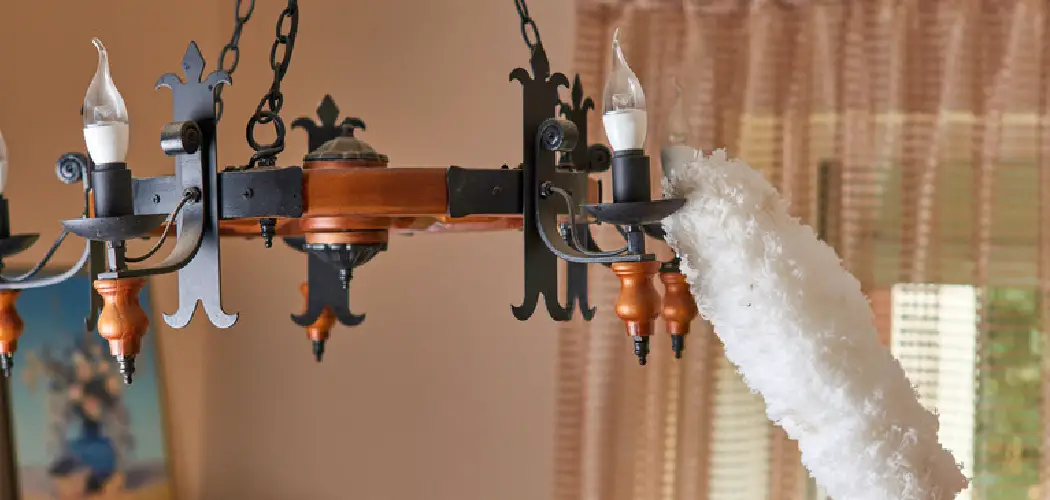Light fixtures play a crucial role in enhancing the brightness and aesthetics of any space, but their effectiveness can diminish over time due to the buildup of dirt, dust, and grime. This accumulation impacts the fixture’s appearance and reduces its ability to emit light efficiently.
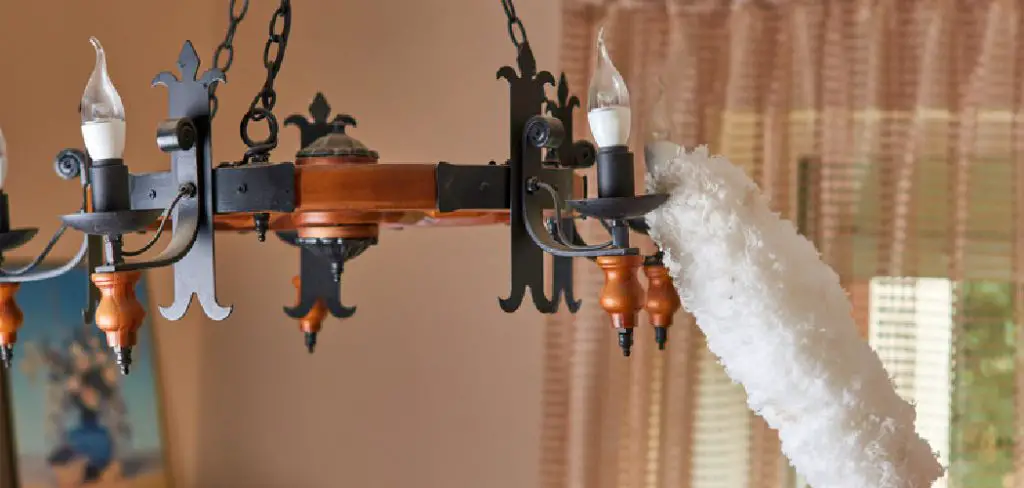
For instance, clouded or dusty covers can significantly dim illumination, leading to higher energy consumption as you try to compensate for the reduced brightness. Maintaining clean light fixtures is essential for preserving their visual appeal and ensuring optimal performance.
This not only improves the ambiance of your home or workspace but also extends the longevity of the fixtures themselves. This article aims to provide a comprehensive guide on how to clean a light fixture safely and effectively, offering step-by-step instructions, eco-friendly options, and preventative maintenance tips to keep your fixtures spotless and functioning at their best.
Types of Light Fixtures and Their Cleaning Needs
Light fixtures come in various forms, each with unique cleaning needs depending on their placement and usage. Understanding the specific challenges associated with each type will help you maintain them more effectively.
Ceiling-Mounted Fixtures
These include flush mounts, chandeliers, and pendant lights. Positioned high above, they are prone to accumulating dust, cobwebs, and grease, particularly in kitchen spaces where airborne particles from cooking can settle.
Due to their height and intricate designs, cleaning ceiling-mounted fixtures may require ladders and extra care to avoid damage.
Wall-Mounted Fixtures
Sconces and wall lamps are common in hallways, bathrooms, or living spaces. Their proximity to walls makes them prone to accumulating dust and fingerprint smudges, especially if regularly adjusted or touched.
These fixtures often require gentle wiping with a microfiber cloth or other non-abrasive tools to preserve their finish.
Outdoor Fixtures
Designed to withstand the elements, outdoor light fixtures are exposed to rain, snow, dirt, and even insects. Over time, these fixtures can become grimy and discolored. They require regular maintenance, including washing with mild soap and water and inspecting for damage caused by weather.
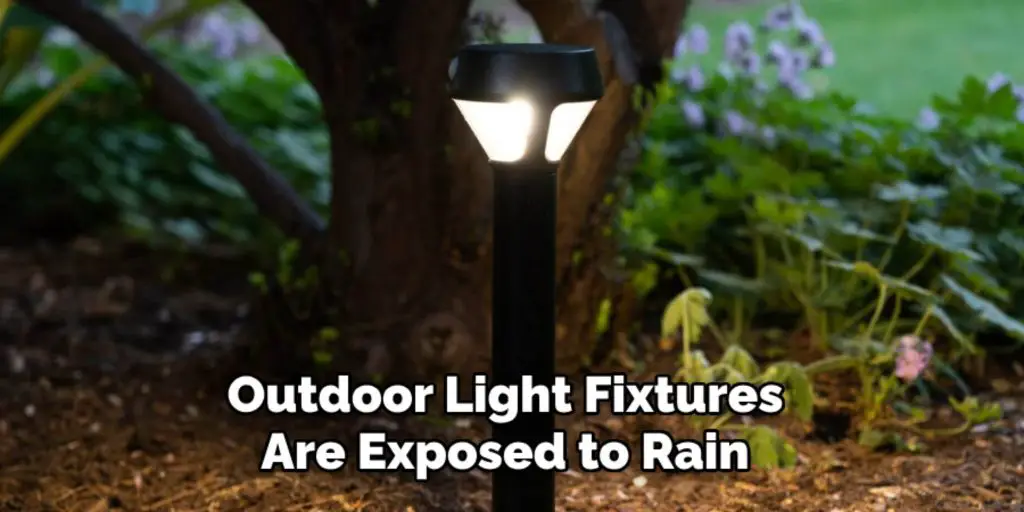
Portable Fixtures
Portable fixtures like table lamps and floor lamps easily collect dust due to their accessibility and frequent use. They should be cleaned more often to prevent buildup on lampshades and bases, which can dull their brightness. A soft duster or vacuum attachment can address hard-to-reach areas effectively.
Safety Precautions Before Cleaning
Before cleaning any light fixtures, it is essential to prioritize safety to avoid accidents or damage. First and foremost, turn off the power supply to eliminate the risk of electrical hazards. This step is crucial when working with wired fixtures or outdoor lights exposed to moisture.
Allow any hot fixtures, such as those with incandescent or halogen bulbs, to cool down completely before handling to prevent burns. For ceiling or high-mounted fixtures, use a sturdy ladder that provides proper stability and support, ensuring it is placed on a flat surface.
Always have someone nearby to assist if needed. Additionally, gloves are recommended to protect your hands from sharp edges or broken glass and improve grip when handling slippery surfaces. By following these precautions, you can clean your fixtures safely and efficiently without compromising your well-being or the integrity of the light fixtures.
Essential Tools and Materials
You’ll need the right tools and materials to clean light fixtures effectively. Here’s a breakdown of what to gather before starting:
Basic Tools
- Microfiber Cloths: Ideal for wiping surfaces without scratching or leaving lint behind.
- Soft Brushes: Perfect for removing dust from intricate details and hard-to-reach areas.
- Vacuum with Soft Brush Attachment: Useful for gently cleaning large fixtures or fabric lampshades.
Cleaning Solutions
- Mild Soap and Water: A simple yet effective solution for general cleaning.
- Vinegar Solution: Excellent for tackling hard water stains on metal or glass.
- Glass Cleaner: Specifically designed for crystal or glass fixtures, leaving them spotless and streak-free.
Additional Items
- Screwdrivers: Necessary for disassembling fixtures, if required.
- Dust Covers: Use these to protect fixtures from accumulating dirt after cleaning, especially in spaces with frequent dust exposure.
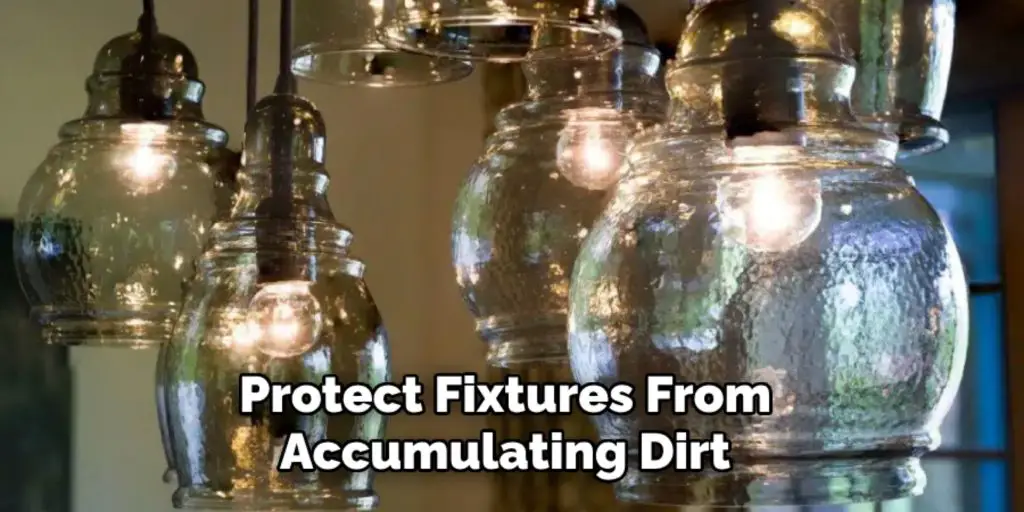
How to Clean a Light Fixture: Step-by-Step Guide
Properly cleaning light fixtures ensures they continue to look their best and maintain their functionality and longevity. Follow these steps to clean your light fixtures effectively:
Step 1: Remove Dust and Lose Debris
Begin by gently dusting the fixture with a microfiber cloth to remove any accumulated dirt or dust. For intricate details or hard-to-reach areas, use a soft brush.
A vacuum with a soft brush attachment can be highly effective if there are cobwebs or loose dirt. This initial step prevents debris from spreading to other parts of the fixture during cleaning.
Step 2: Disassemble the Fixture
Carefully remove detachable parts such as shades, bulbs, or decorative components. Handle these pieces delicately to avoid damage. Keep screws and small parts in a container or bag to ensure they don’t get lost. Disassembling the fixture allows each component to be cleaned thoroughly and safely.
Step 3: Clean the Components
- Glass or Crystal Shades: Wash these components in warm, soapy water. Use a soft sponge or cloth to avoid scratches. Rinse them thoroughly and dry them with a lint-free cloth to prevent water spots.
- Metal Parts: Wipe metal components with a damp cloth to remove dirt or grime. Dry immediately with another clean cloth to prevent rust or water stains.
- Plastic Components: Clean plastic parts with mild detergent and water. Avoid using any abrasive materials to prevent scratches or damage to the finish.
Step 4: Clean the Bulbs
Turn the power off and ensure the bulbs are completely cool before cleaning. Wipe each bulb with a dry microfiber cloth to remove dust. Use a slightly damp cloth for stubborn stains, but never spray cleaning solution directly onto the bulbs as it can damage or compromise their performance.
Step 5: Reassemble and Test
After ensuring all components are clean and completely dry, reattach them securely. Double-check that screws and other parts are correctly tightened. Once everything is in place, turn the power back on and test the fixture to ensure it is working correctly.
By following this detailed guide, you can keep your light fixtures looking pristine and working efficiently while enhancing the overall ambiance of your space. Regular maintenance like this ensures longevity and helps reduce the need for frequent replacements or repairs.
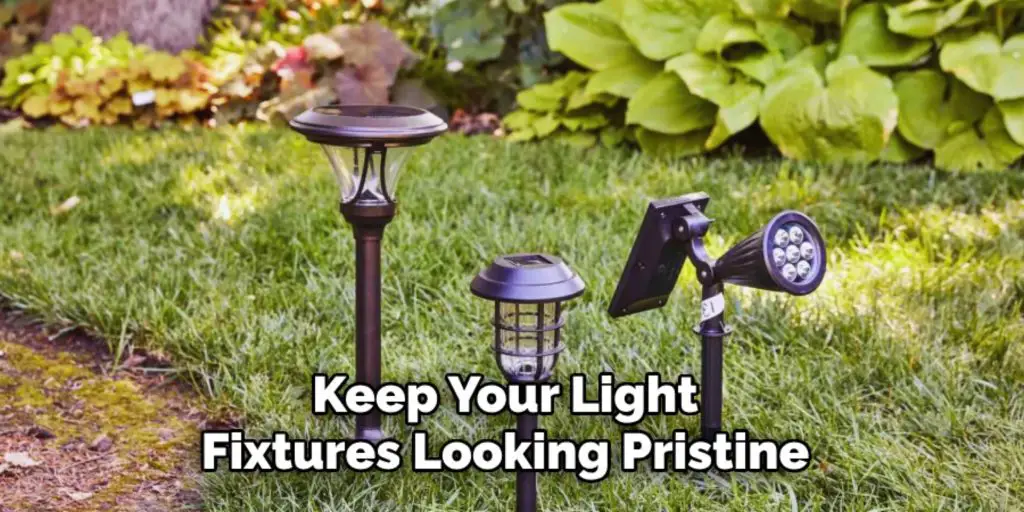
Special Tips for Cleaning Specific Fixtures
Chandeliers
For chandeliers, take the time to clean each crystal individually with a slightly damp microfiber cloth. This ensures maximum sparkle and removes any built-up dust or grime. If the chandelier is too intricate or delicate, consider using a cleaning solution designed explicitly for crystal fixtures, applying it sparingly.
Pendant Lights
To clean pendant lights, focus on the cords and chains, which can accumulate dust over time. Use a damp cloth to wipe them down gently. Remove the shades or covers if possible and clean them with warm, soapy water before thoroughly drying and reassembling them.
Outdoor Fixtures
Outdoor light fixtures often collect dead insects and accumulate dirt. Start by removing any insects or debris from the fixtures. Then, clean the glass covers with water and vinegar for a streak-free finish. Be sure to inspect for rust or damage and address these issues promptly.
Recessed Lights
Recessed lighting can gather dust and dirt over time, particularly in kitchens or bathrooms. Use the brush attachment of a vacuum to remove any dirt from around the edges carefully. Then, wipe the trim with a damp cloth to keep them fresh and clean.
By catering your cleaning approach to each specific fixture type, you can maintain their functionality and aesthetic appeal while protecting them from unnecessary wear or damage.
Preventative Maintenance of Light Fixtures
Regular Dusting
Perform weekly dusting of light fixtures to prevent the accumulation of dirt and grime. Use a microfiber cloth or a duster to gently clean the surfaces without causing scratches. Regular cleaning ensures that the fixtures maintain their shine and brightness over time.
Use of Dust Covers
For fixtures that are not used frequently, consider using dust covers to keep them cleaner for longer periods. Dust covers protect against dirt and debris buildup, reducing the need for frequent cleaning. This is particularly useful for decorative or seasonal fixtures.
Check for Repairs
During your cleaning routine, inspect each fixture for signs of wear or damage. Look for loose screws, rust, or frayed wiring, as these issues can affect both the functionality and safety of the fixture. Promptly address any problems by repairing or replacing damaged components to extend the lifespan of your light fixtures.

Eco-Friendly Cleaning Options
Adopting eco-friendly cleaning options for your light fixtures helps protect the environment and ensures safer practices for your home. A simple yet effective natural cleaner can be made by mixing equal parts of vinegar and water.
This solution is excellent for removing dirt and grime without the use of harsh chemicals. For more thorough washing, choose biodegradable soap that is free from harmful additives, contributing to a healthier planet.
Instead of using disposable cleaning materials, repurpose old soft fabrics as cleaning cloths. These can be washed and reused, reducing waste and promoting sustainability. By incorporating these green cleaning methods into your routine, you minimize environmental impact while efficiently maintaining the cleanliness and functionality of your light fixtures.
Conclusion
Understanding “how to clean a light fixture” allows you to enjoy numerous benefits, including enhanced brightness, improved aesthetics, and extended longevity of your light fixtures. Maintaining spotless and efficient fixtures becomes easy and rewarding by following simple safety precautions and a systematic cleaning process.
Regular maintenance ensures your fixtures remain functional and visually appealing while also promoting a safer environment. You can reduce waste and contribute to sustainability with eco-friendly options and reusable materials. Make this part of your routine, and you’ll enjoy the lasting advantages of adequately maintained and efficient light fixtures in your space.

